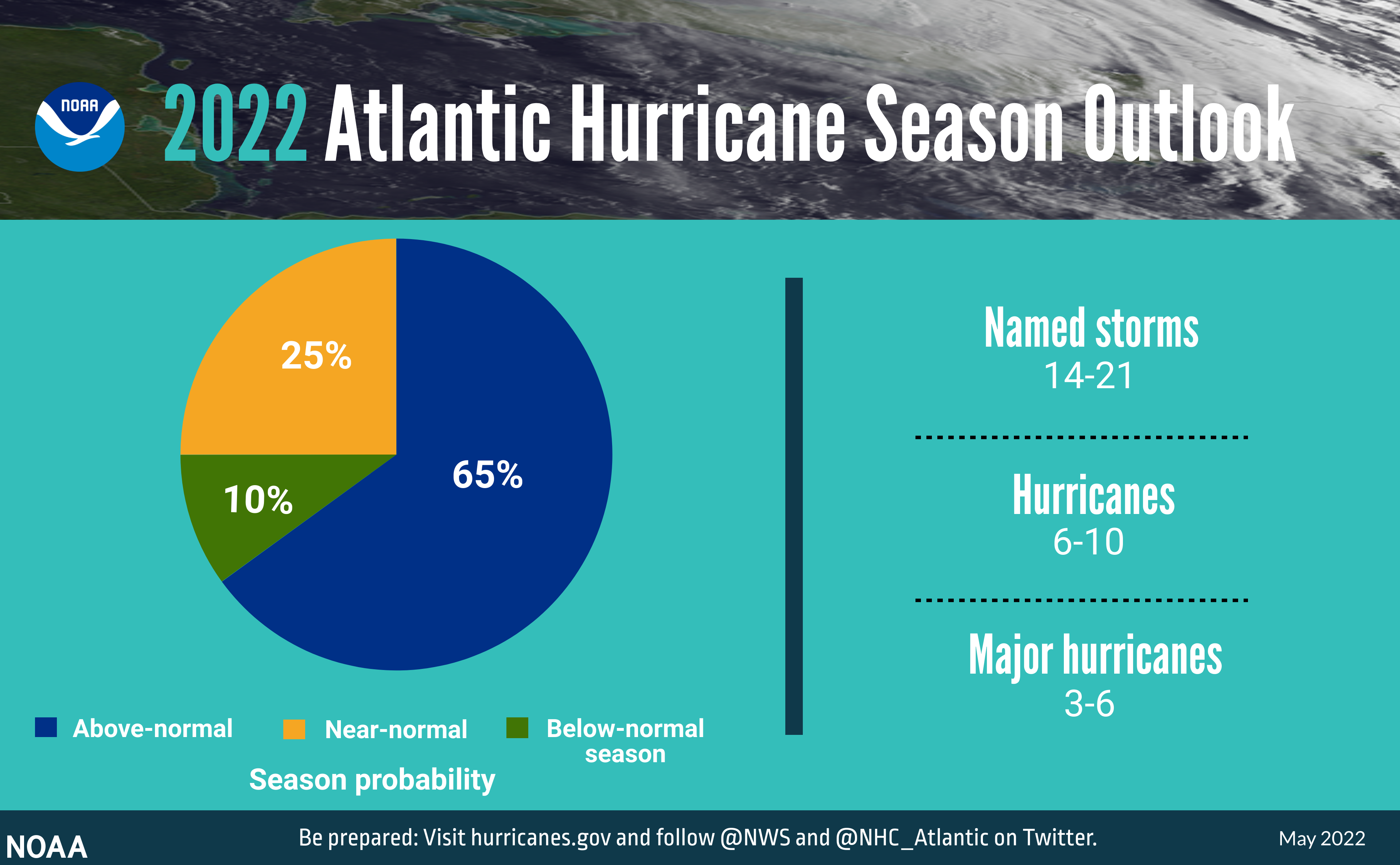NOAA confirms US headed for up to 21 named storms in another intense hurricane year
The agency predicts between three and six storms of Category 3 or higher
Your support helps us to tell the story
From reproductive rights to climate change to Big Tech, The Independent is on the ground when the story is developing. Whether it's investigating the financials of Elon Musk's pro-Trump PAC or producing our latest documentary, 'The A Word', which shines a light on the American women fighting for reproductive rights, we know how important it is to parse out the facts from the messaging.
At such a critical moment in US history, we need reporters on the ground. Your donation allows us to keep sending journalists to speak to both sides of the story.
The Independent is trusted by Americans across the entire political spectrum. And unlike many other quality news outlets, we choose not to lock Americans out of our reporting and analysis with paywalls. We believe quality journalism should be available to everyone, paid for by those who can afford it.
Your support makes all the difference.The Atlantic Ocean will likely see another above average hurricane season this year, according to the National Oceanic and Atmospheric Administration (NOAA).
This would be the seventh year in a row with a higher-than-average hurricane season, the agency notes.
NOAA predicts there will be up to 21 named storms, where wind speeds over 63 kilometres per hour (39 miles per hour), with six to ten of them becoming hurricanes, where wind speeds reach over 199 kph (74 mph).
Of those, they expect up to six storms to reach at least Category 3 status.
The agency puts a 65 per cent chance of 2022 becoming an above average year, a 25 per cent chance of a normal year and a 10 per cent chance of a below average year.
Part of the reason is the ongoing La Niña phenomenon in the Pacific Ocean, which can actually increase hurricane frequency in the Atlantic. In addition, the agency blames warmer surface water temperatures on the Atlantic Ocean and Caribbean Sea, which can help power up a storm’s intensity.
Hurricane season begins in June and usually peaks around early autumn. The average season has around 14 named storms, seven hurricanes and three hurricanes at Category 3 or stronger.

Last year, the Atlantic saw 21 named storms – the third most ever recorded. Those included Hurricane Ida, which strengthened to a Category 4 storm and caused over $70bn worth of damage across the US as it hit the southeast and later flooded many parts of the northeast, including New York City.
2020 was the most active hurricane season on record, with 30 named storms – so many that NOAA ran out of their list of names for the year and switched to Greek letters for the last few storms.
While some of these storms likely won’t make landfall anywhere, petering out in the Atlantic, this assessment does raise the possibility of another year with multiple damaging hurricanes along the eastern US, the Caribbean and northern South America.
The assessment comes as climate scientists warn that the climate crisis will likely produce stronger and more intense storms as the planet warms.
The most recent report from the Intergovernmental Panel on Climate Change, the leading scientific assessment of the climate crisis, expects that tropical cyclones around the world will get more intense as the planet warms.




Join our commenting forum
Join thought-provoking conversations, follow other Independent readers and see their replies
Comments